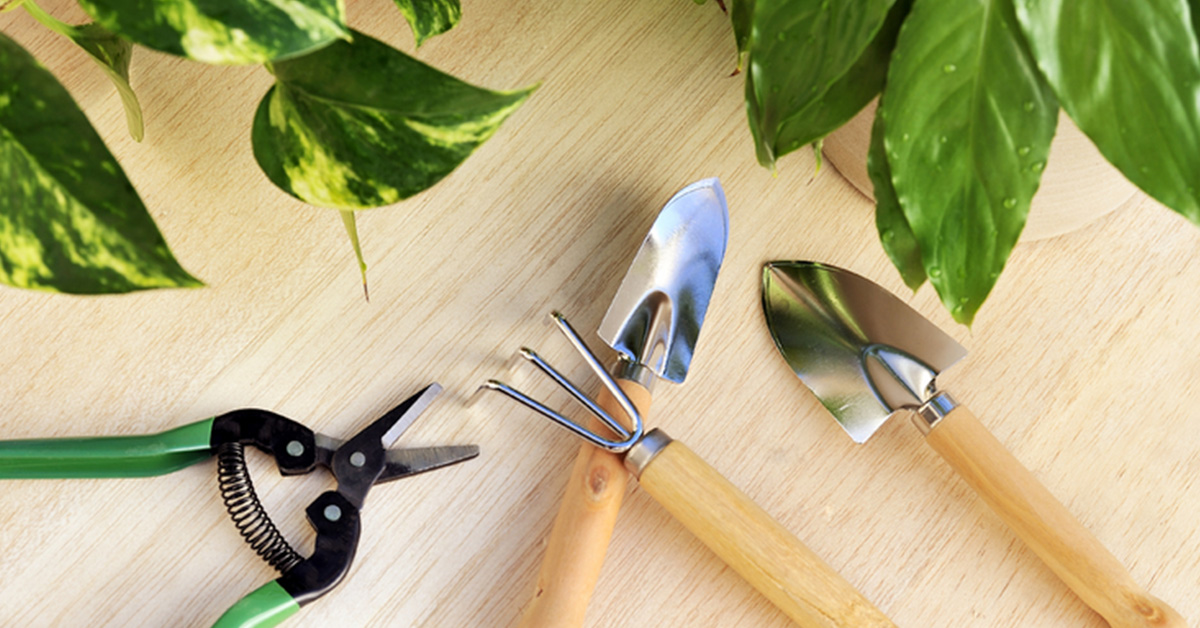“The real point of our business is allowing you to create experiences on your lawn...”
—Cullen Beard, Owner

How to Prune Crape Myrtles without Committing Crape Murder
In early spring (usually February through March) we start thinking about pruning our Crape Myrtles. Proper pruning can result in a healthy, visually pleasing shrub. If done improperly, you risk insect and disease issues as well as an undesirable look to your shrub. (They are botanically considered a shrub.)
There are three aspects to consider when caring for Crape Myrtles:
1. Choose the right tree: Types of Crape Myrtles (known as cultivars) vary from the 3-5’ Chickasaw that produces pink/lavender flowers with bronze fall leaves, to the Red Rocket that grows to over 20’ and produces cherry red flowers with orange/red leaves in the fall. If you choose a tall cultivar in a small space you are setting yourself up for difficult pruning.
Unfortunately, most of us inherit our Crape Myrtles. At that point you have two options: transplant your current tree and replace it with an appropriate cultivar or, take the time and attention to prune your current cultivar into compliance.
2. Decide what you want: Before you grab your pruning saw and start hacking away at branches, take a step back and decide what your goal is. Bob Polomski with the Extension Office at Clemson University suggests light pruning, depending on the size and shape desired. He suggests the following steps:
To develop a tree shape
- remove all limbs growing from ground level except the three to five strongest
- as the tree matures, remove lower, lateral branches one-third to halfway up height of the plant
- remove branches that are crossing or rubbing against each other
- remove shoots growing into the center of the canopy
- Maintenance: remove lower branches as needed
To keep it at a manageable height:
- prune moderately
- remove all twiggy growth back to lower growing side branches
You want a low, compact plant:
- prune the stems back to about six inches above the ground each year
3. Pruning for health: while Crape Myrtles are resilient and usually thrive when left alone in a hot, sunny environment, some pruning can be a valuable tool to fight disease. By removing dead or defective branches, branches that cross over each other, and some of the small branches within the canopy of the shrub (to provide “breathing room”), you give your tree a fighting chance against insects and disease.
4. Don’t Over-do it: One common practice is to cut lateral branches down to stubs. While this does restrict the size of the tree, it weakens the tree and can cause insect, disease and winter damage. Prune carefully, don’t commit crape murder.

Crape Murder

Proper Pruning for a Healthy Shrub
Crape Myrtles are low maintenance, resilient, beautiful trees. Remember that they do well when left alone, so only prune when necessary, prune only in winter and early spring and avoid cutting off more than you need.
Bob Polomski, Extension Consumer Horticulturist, and Debbie Shaughnessy, HGIC Information Specialist, Clemson University “Crape Myrtle Pruning” 01/1999, Rev. 11/2006
Gary W. Knox and Edward F. Gilman University of Florida IFAS Extension “Crapemyrtle Pruning” 9/2009, Rev 4/2010 Publication Number: ENH1138
Charlotte Glen Extension Agent, Agriculture-Horticulture NC State University / A&T State University Cooperative Extension “How Do I Prune Crape Myrtles” February 14, 2013

